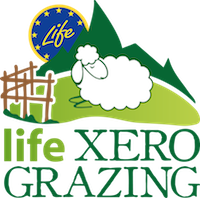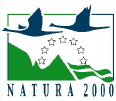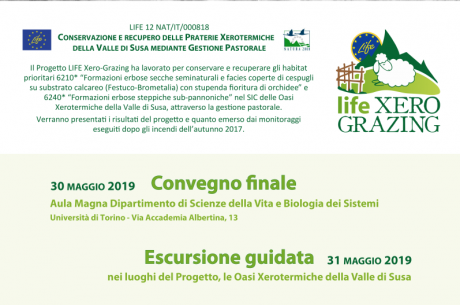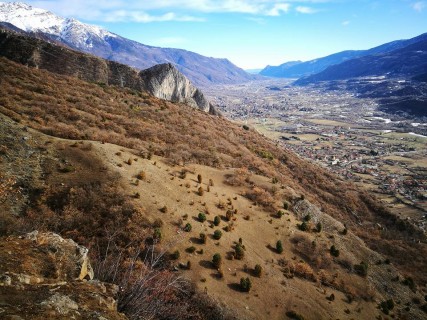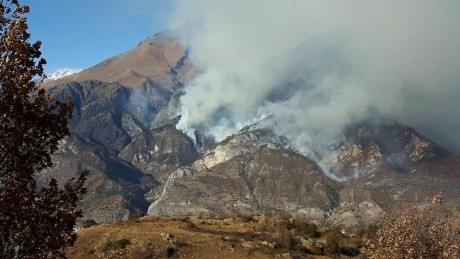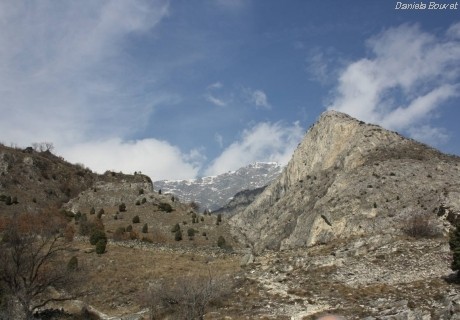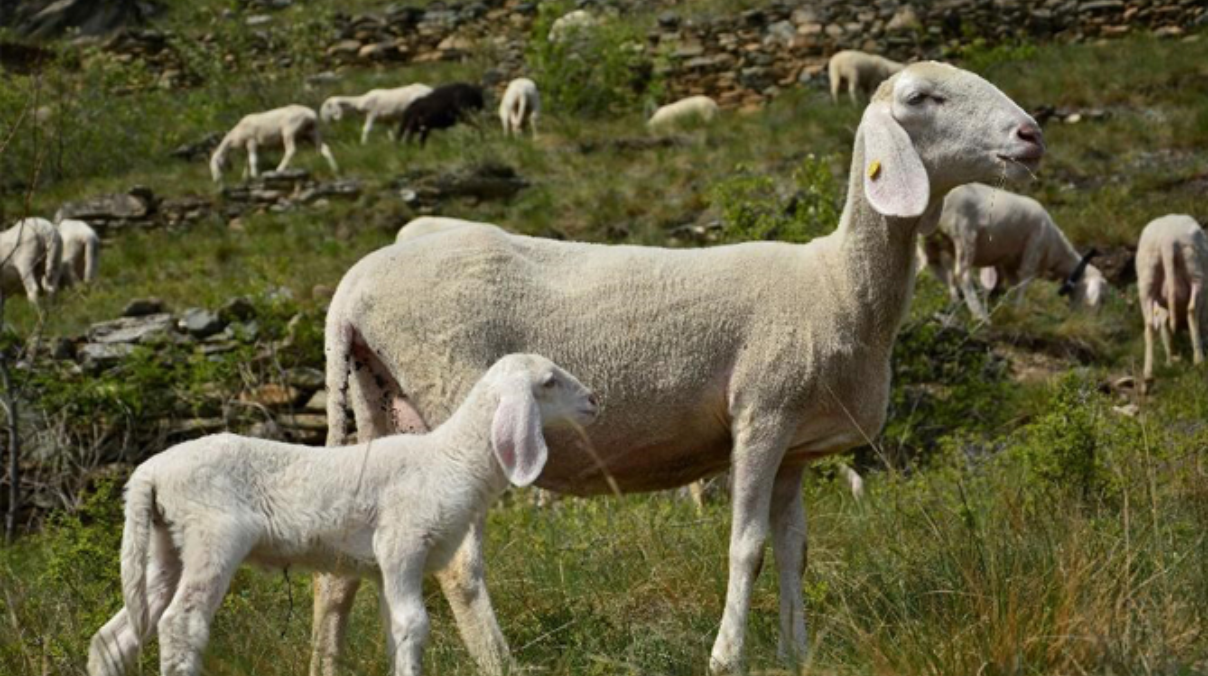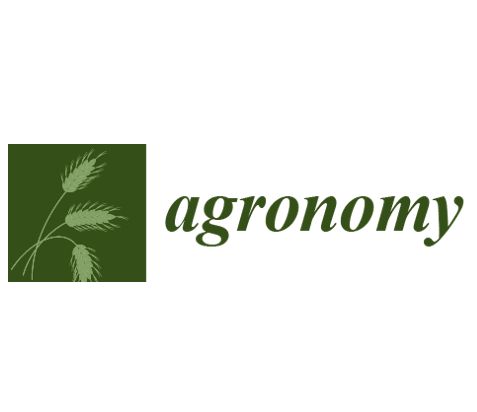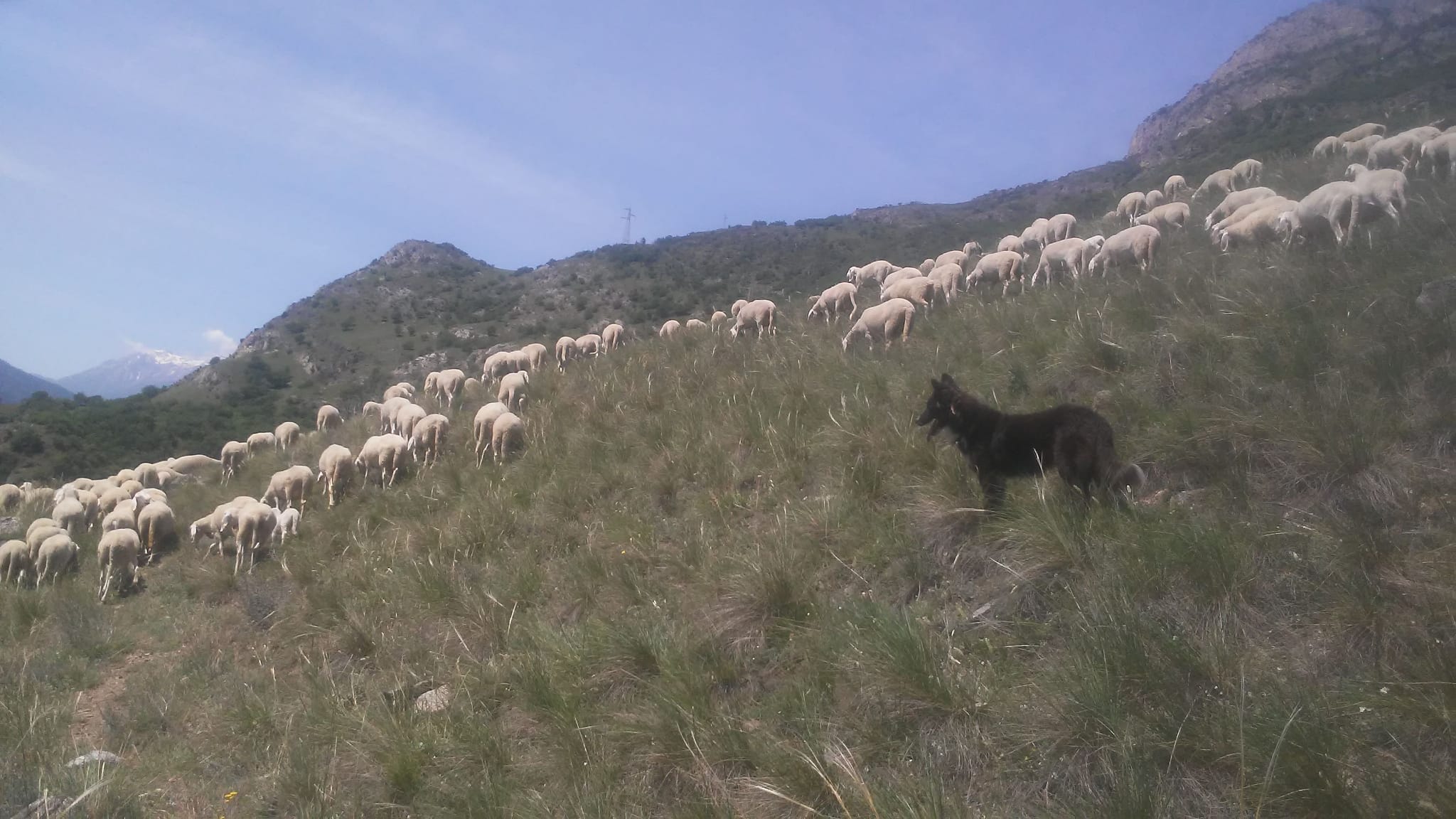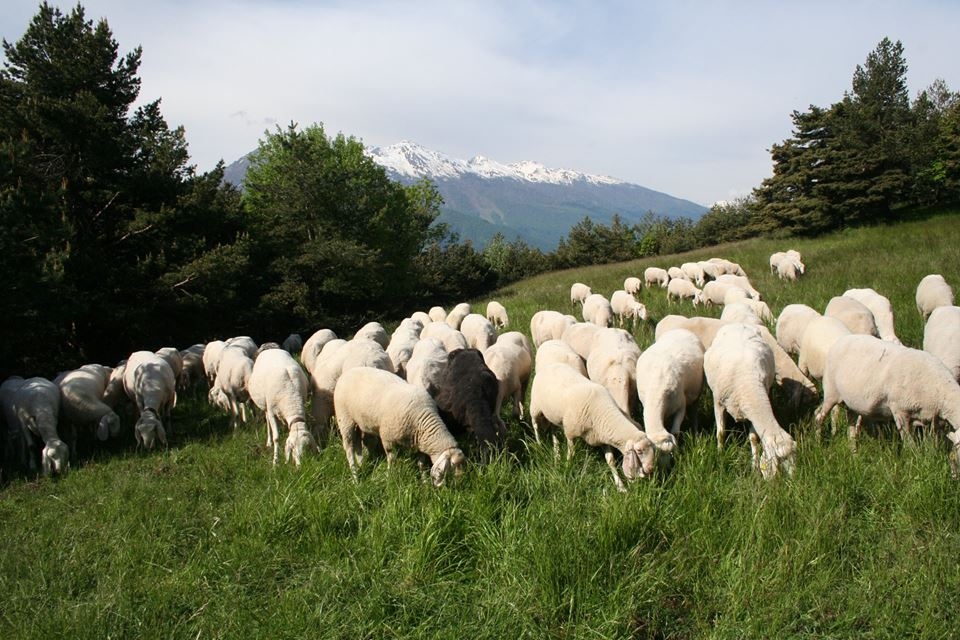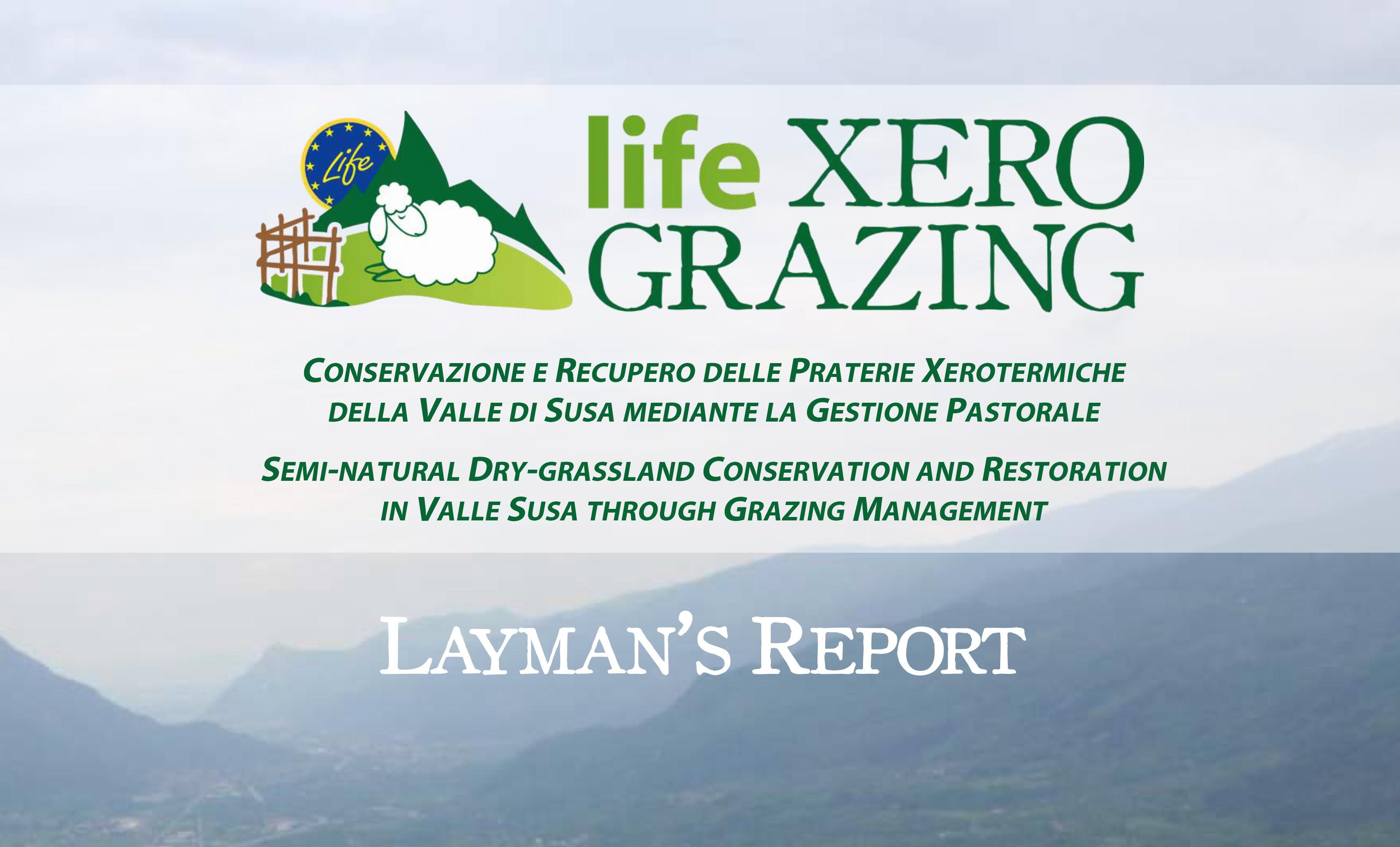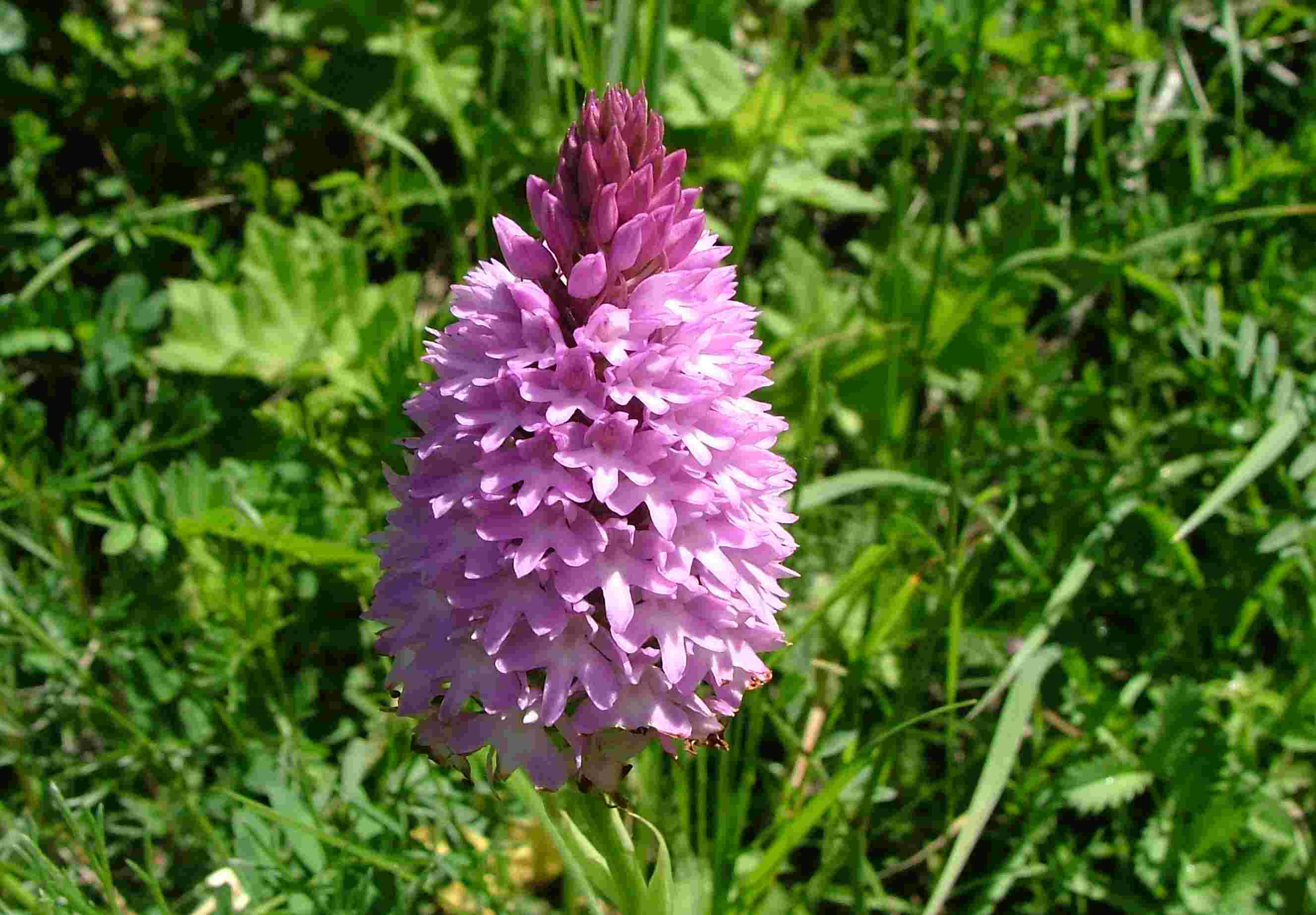
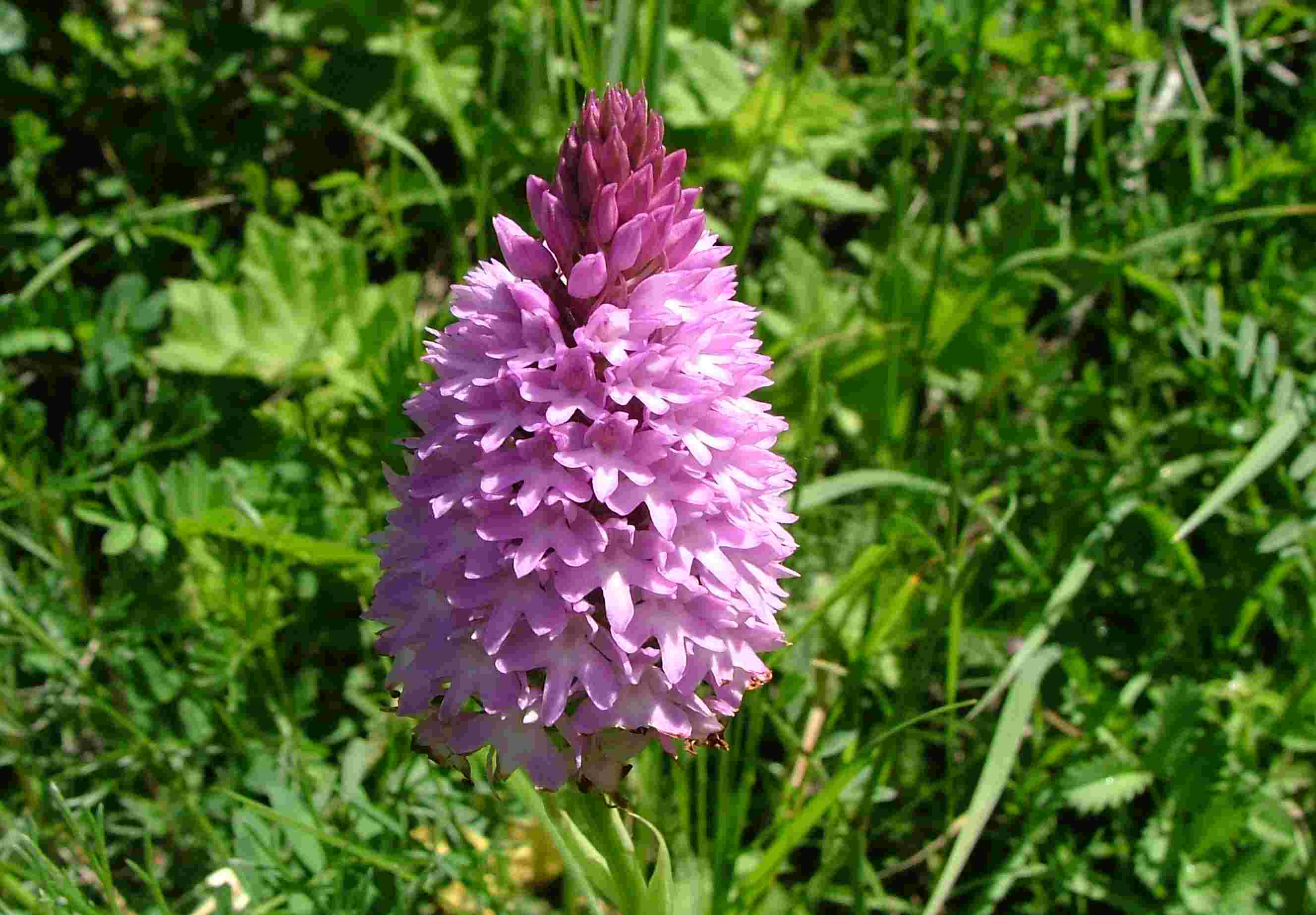 The vegetative species of the habitat is characterized by large biodiversity, with a significant presence of calcareous species. The habitat is considered priority, when there is also orchid species present (a fact that is verified by the project in this area of action).
The vegetative species of the habitat is characterized by large biodiversity, with a significant presence of calcareous species. The habitat is considered priority, when there is also orchid species present (a fact that is verified by the project in this area of action).
In the area, there has been 29 different species of orchids recorded, 60% (17 species) are closely linked to the open spaces of the habitat where the Festuco-Brometea class, resides. Types of the Festuco-Brometea class include: Anacamptis pyramidalis, Dactylorhiza sambucina, Gymnadenia conopsea, Gymnadenia onoratissima, Ophryd fuciflora, Ophrys apifera, Ophrys insectifera, Orchis coriophora, Orchis macula, Orchis militaris, Orchis morio, Orchis papilionacea, Orchis purpurea, Orchis tridentata, Orchis ustolata, Spiranthes spiralis, Traunsteinera globosa. These orchids have a spring-summer reproductive cycle (flowering from April to August), with the exception of Spiranthes spiralis which flowers in autumn.
Another floristic characteristic of the habitat in the SCI is the presence of Mediterranean species, which over the Alps, present a fragmented and relict area because of the current climate and past glaciations. Thus, the Alps have naturally selected certain flora. Mediterranean species are subdivided into stenomediterrany species, poorly represented in Piedmont, and eurimediterrany species, which are more abundant in the interior areas (of the Alps).
Among the eurimediterrany species there are: Juniperus oxycedrus (present at Piedmont only in the SCI area), Cotinus coggygria and Colutea arborescens (rare in the Alps and located in the valleys with a continental climate). There are a lot of eurimediterrany herbaceous species which display characteristics of the Festuco-Brometea class (Eryngium campestre, Koeleria vallesiana, Lactuca perennis, Petrorhagia saxifraga, Linaria simplex, Minuartia fastigiata, Odontites lutea, etc). Among these species, there is also the very rare Leuzea conifer, which is also located in the Alps.
Many of the stenomediterrany species are extremely interesting and included in the area of the SCI: Asterolinum linum-stellatum, Euphorbia sulcata, Linum strictum, Coronilla minima, Linum suffruticosum, Plantago cynops, Ononis minutissima and Fumana ericoides. Among these species, Euphorbia sulcata is considered vulnerable according to the IUCN legislation.
From the regulatory point of view, among the species present in the area, the Regional Law 32/82 includes absolute protection of: Orchidaceae in general (Alyssoides utriculata, Brassica repanda, Echinops ritro, Euphorbia sulcata, Juniperus oxycedrus and Pulsatilla halleri).
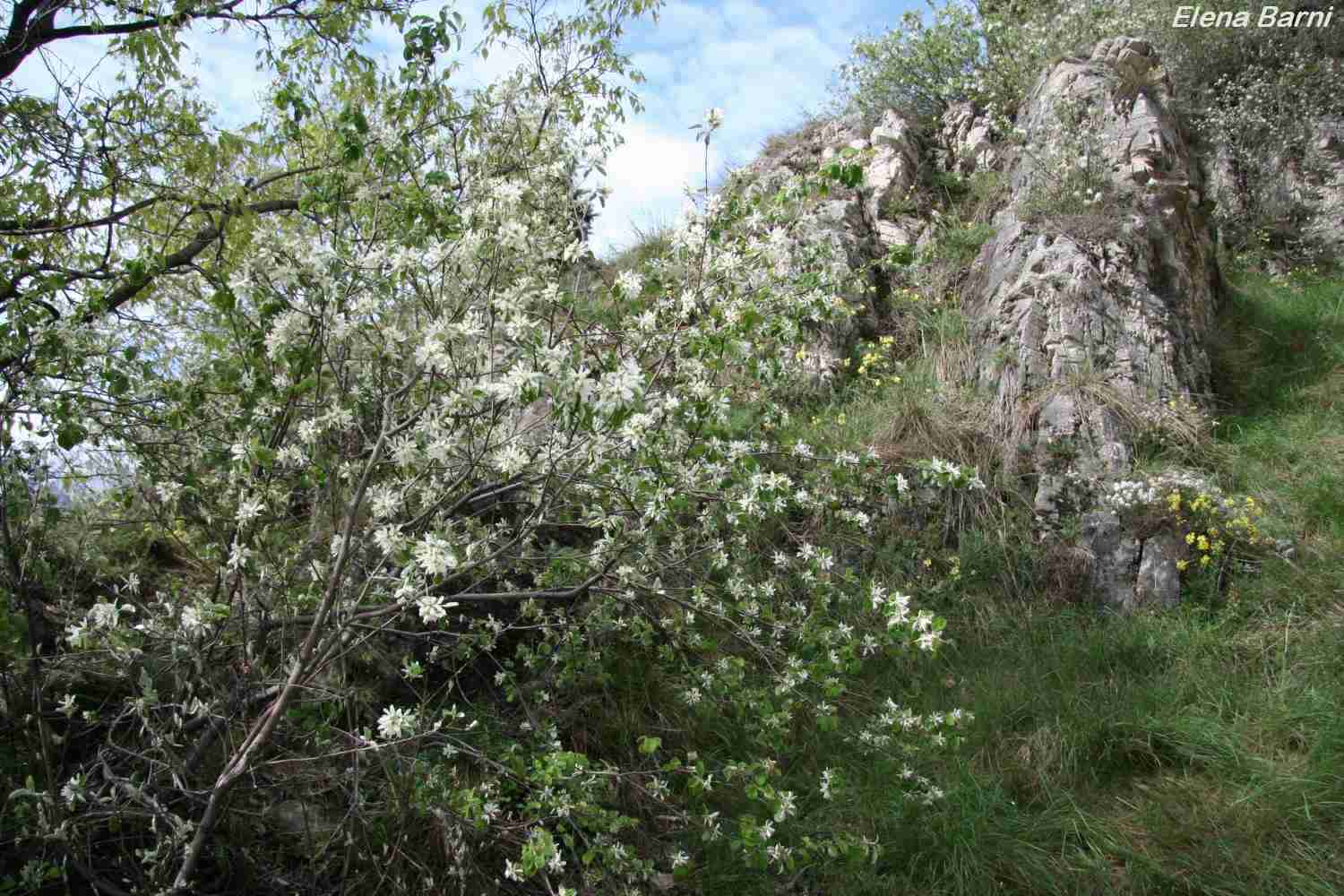 From the point of view of phytosociology, habitat 6210* comprises of xeric formations of the alliance Diplachnion serotinae (Festucetalia valesiacae order), which is probably the most widespread type of vegetation in the area of intervention. Based on previous studies conducted by Braun-Blanquet (1961), these plant communities have been classed in the Heteropogono-Cleistogenetum serotinae association (Contorteto-Diplachnetum Br.-Bl. 1961). These species are present in the areas of intervention with two variants: the Stipa pennatavariant (drier areas), and the Chrysopogon gryllus variant (less dry areas).
From the point of view of phytosociology, habitat 6210* comprises of xeric formations of the alliance Diplachnion serotinae (Festucetalia valesiacae order), which is probably the most widespread type of vegetation in the area of intervention. Based on previous studies conducted by Braun-Blanquet (1961), these plant communities have been classed in the Heteropogono-Cleistogenetum serotinae association (Contorteto-Diplachnetum Br.-Bl. 1961). These species are present in the areas of intervention with two variants: the Stipa pennatavariant (drier areas), and the Chrysopogon gryllus variant (less dry areas).
In many areas as a result of previous crops, there is an abundant presence of Bromus erectus, numerous meso-xeric species which have characteristics of the Mesobromion erecti alliance (Ononis repens, Ranunculus bulbosus, Salvia pratensis) and types of Brometalia erecti (lobularia puntata, Potentilla tabernaemontani, Knautia mollis, Hippocrepis comosa, Ononis natrix, Carex caryophyllea, Koeleria pyramidata, etc.). This might suggest a phytosociological attribution to Mesobromion,which represents a vegetative appearance more typical to habitat 6210*.
T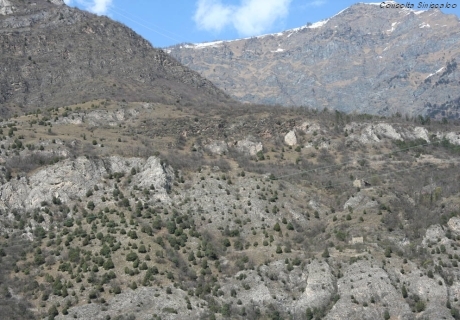 he SCI “Oasi xerotermiche - Orrido di Chianocco e Foresto” is characterized by a high number of rare plant species to which their area of distribution is limited, due to the soil and climatic peculiarities.
he SCI “Oasi xerotermiche - Orrido di Chianocco e Foresto” is characterized by a high number of rare plant species to which their area of distribution is limited, due to the soil and climatic peculiarities.
The actions of this project are aimed at the conservation and restoration of 6210* habitat (Semi-natural dry grasslands and scrubland facies on calcareous substrates, Festuco-Brometalia, * important orchid sites). The habitat in the SCI includes arid and semi-arid grasslands with shrubs and widespread facies, which on the mountainous landscape changes from calcareous to neutral substrates. The habitat is located on shallow soils which are well drained, primitive, poorly developed, rich in calcium and low in organic matter and nutrients - which have developed over time on different calcareous substrates.
The semi-natural grassland of the 6210* habitat is the most important natural habitat in the area. It are characterized by the presence (except for the Piedmont and Alpine territories) of stenomediterrany species (Leuzea conifera, Ononis minutissima e Linum strictum, etc.), steppe species (Achillea tomentosa e Crupina vulgaris, etc.) and endemic species (Ephedra helvetica, Brassica repanda e Campanula bertolae, etc.). There is also a presence of numerous species of orchids (29 orchid species in the SCI, 17 of which are ecologically linked to xeric grasslands).
In this section, documents made gradually during the actions of the project, can be accessed and downloaded.
To download the documents, click on the name.
Action A2- Territorial present management document of the SCI
Action A2- Territorial previous management document of the SCI
Action A5- Plant diversity maps of the intervention areas
Action D1-1 Technical summary of the monitoring reports
Action D3- Technical summary of the monitoring reports
Action E1- Contents of the thematic notice boardsAction E1- GPS tracks of the didactic trails of the LIFE Xero-grazing project and the trail of junipers to discover the peculiarities of the Riserva Naturale Speciale dell’Orrido di Foresto.
Action E2- Workshop presentations
Action E2- Final conference events
Action E3- Brochure in italian
Action E3- Brochure in english
